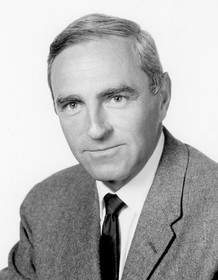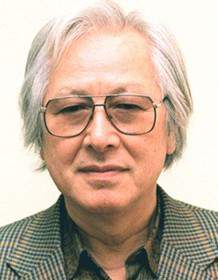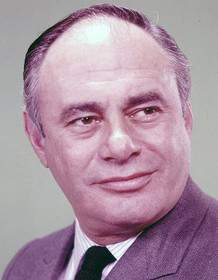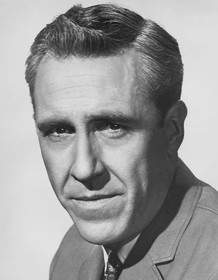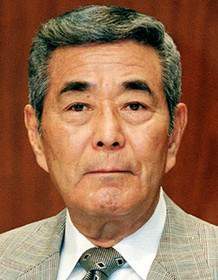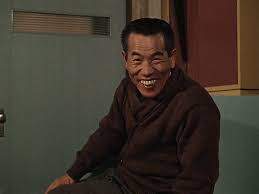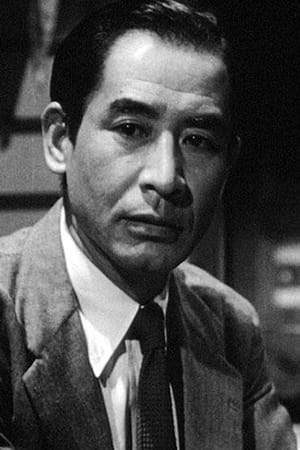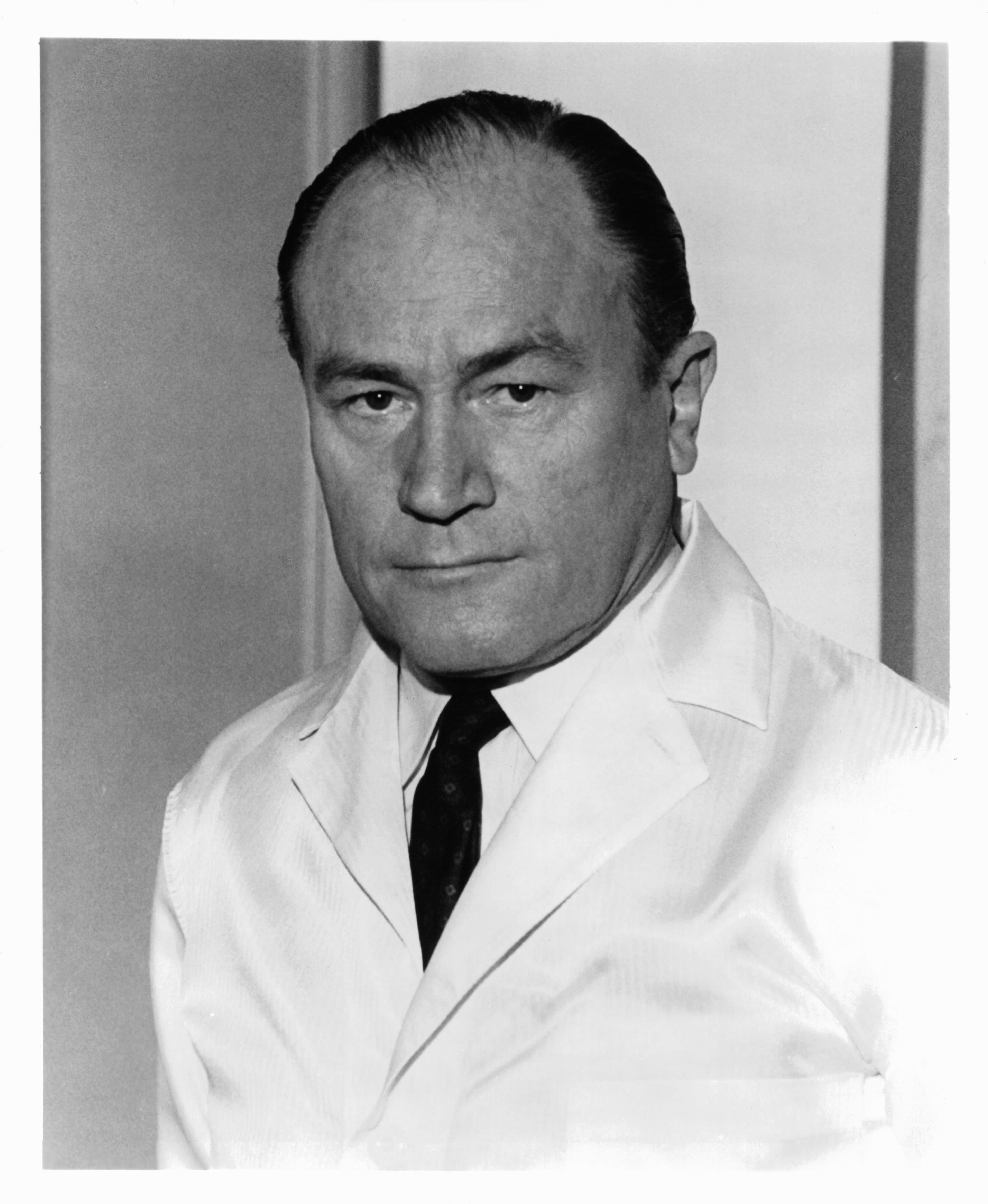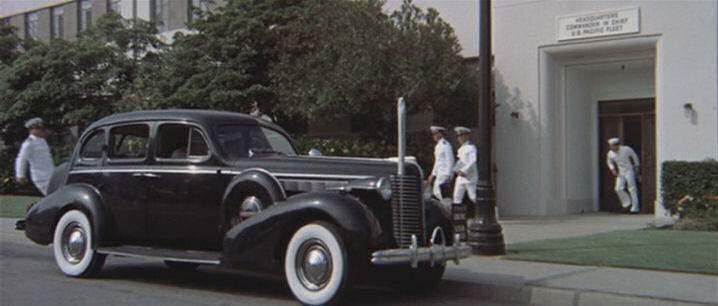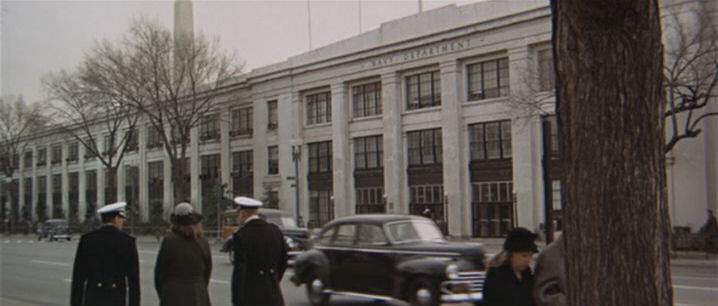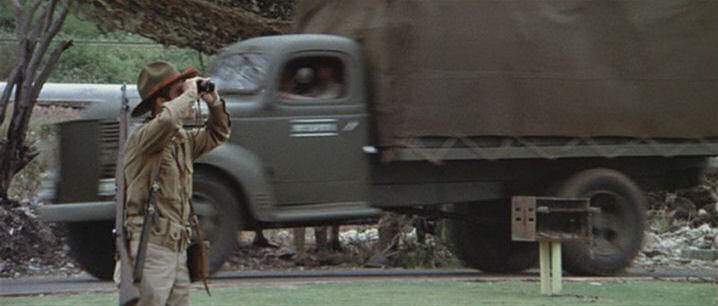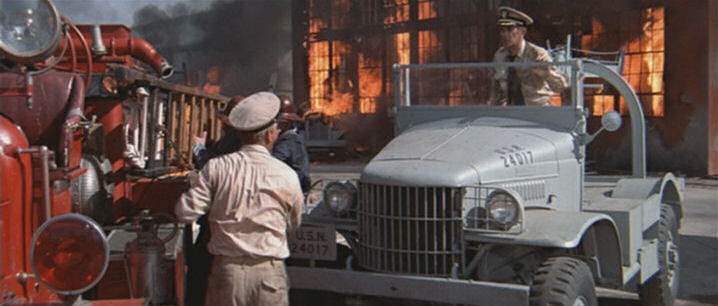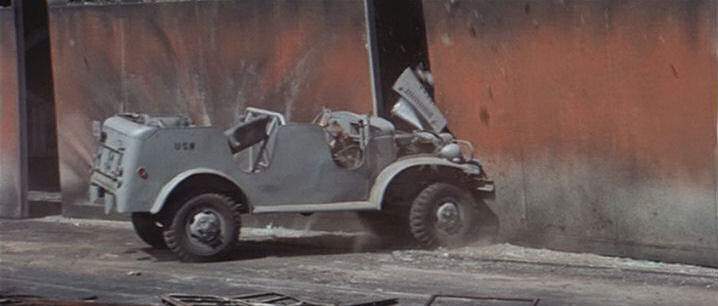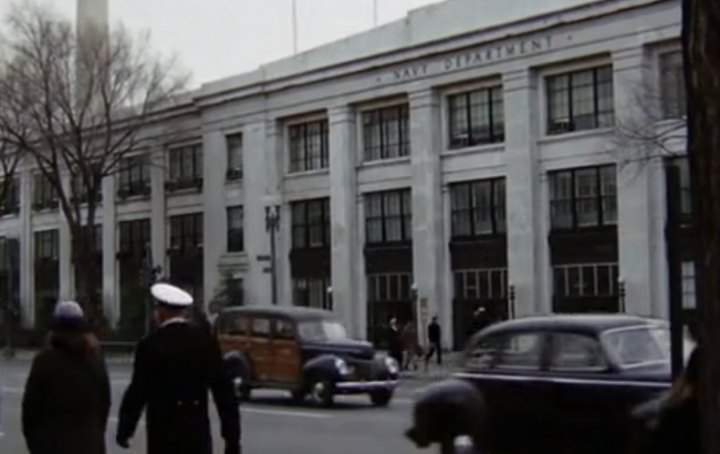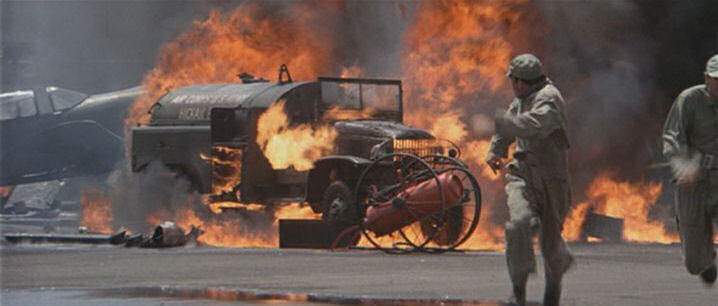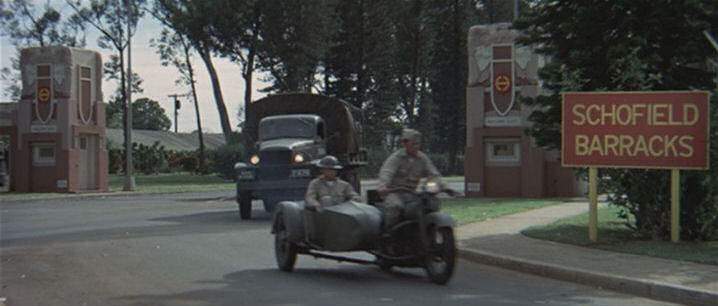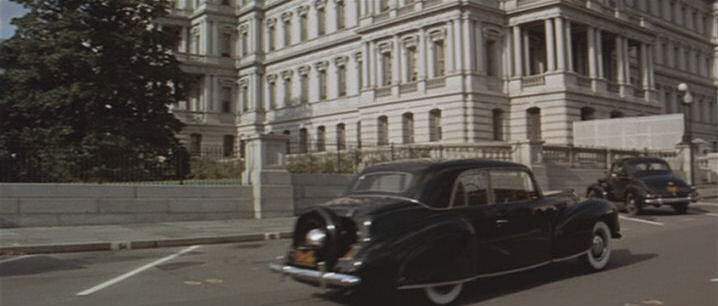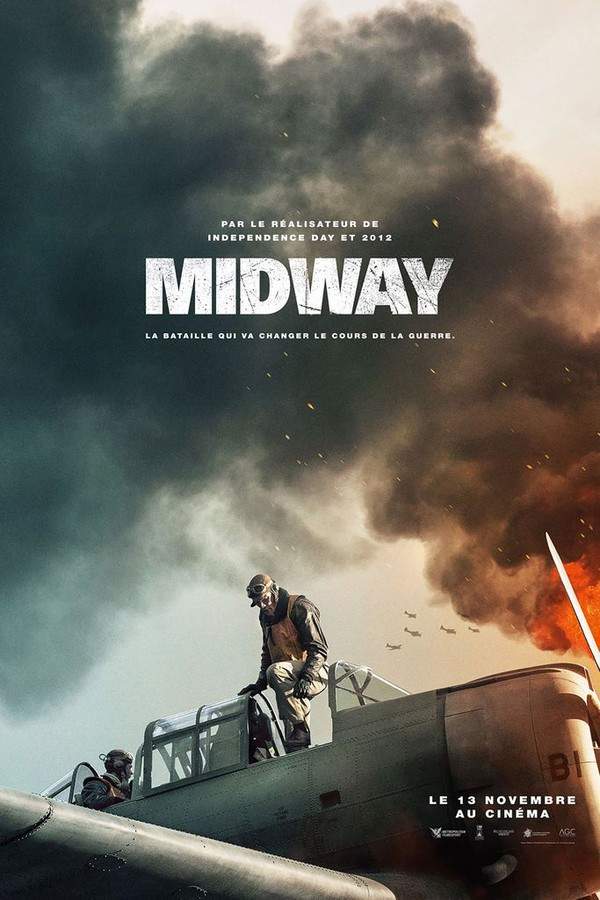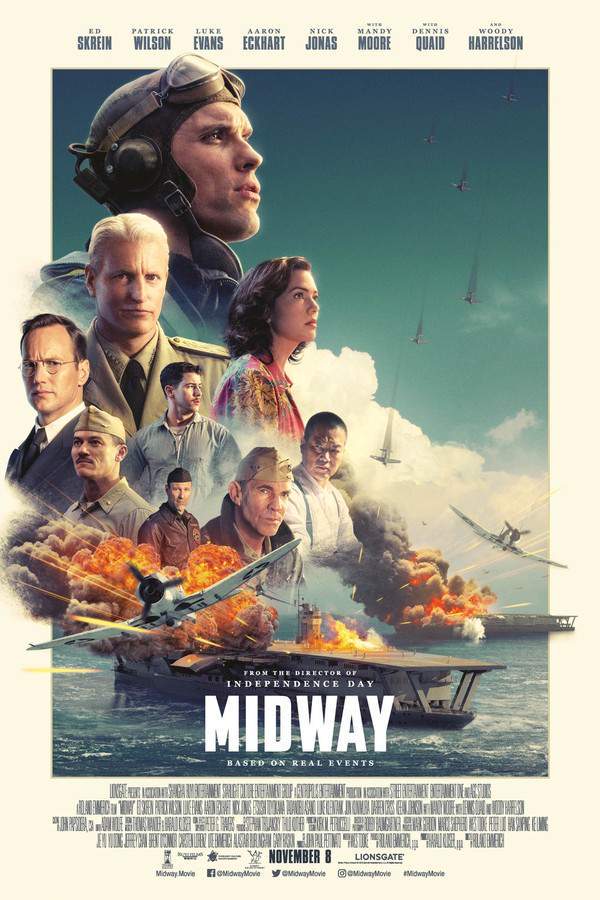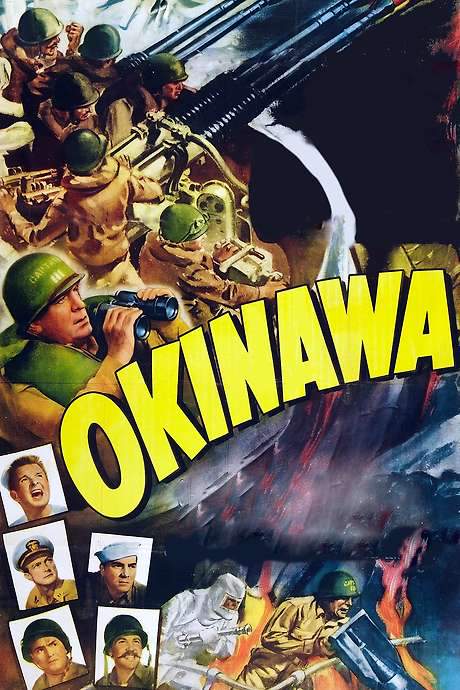Tora! Tora! Tora! 1970
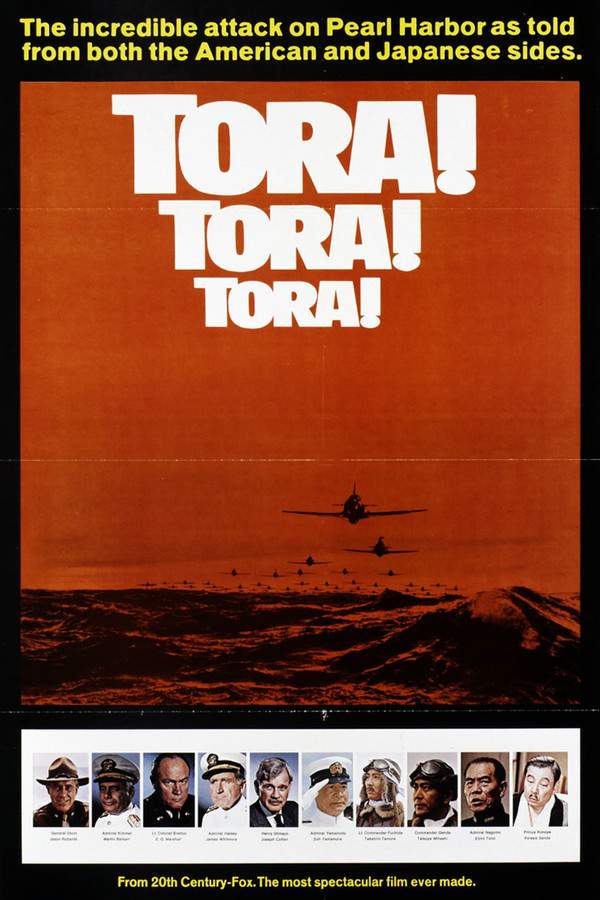
As tensions rise between the United States and Japan, a pivotal moment approaches: the attack on Pearl Harbor. Diplomatic relations deteriorate due to an American embargo on vital resources, leading Air Staff Officer Minoru Genda to devise a surprise aerial assault. Despite intercepted Japanese communications hinting at a potential conflict, American intelligence dismisses the possibility of an attack on US soil. This misjudgment tragically sets the stage for a devastating surprise, forever changing the course of history.
Does Tora! Tora! Tora! have end credit scenes?
No!
Tora! Tora! Tora! does not have end credit scenes. You can leave when the credits roll.
Meet the Full Cast and Actors of Tora! Tora! Tora!
Explore the complete cast of Tora! Tora! Tora!, including both lead and supporting actors. Learn who plays each character, discover their past roles and achievements, and find out what makes this ensemble cast stand out in the world of film and television.
External Links and Streaming Options
Discover where to watch Tora! Tora! Tora! online, including streaming platforms, rental options, and official sources. Compare reviews, ratings, and in-depth movie information across sites like IMDb, TMDb, Wikipedia or Rotten Tomatoes.
Ratings and Reviews for Tora! Tora! Tora!
See how Tora! Tora! Tora! is rated across major platforms like IMDb, Metacritic, and TMDb. Compare audience scores and critic reviews to understand where Tora! Tora! Tora! stands among top-rated movies in its genre.

46
Metascore
8.5
User Score


%
TOMATOMETER

0%
User Score

7.5 /10
IMDb Rating

72
%
User Score
Take the Ultimate Tora! Tora! Tora! Movie Quiz
Challenge your knowledge of Tora! Tora! Tora! with this fun and interactive movie quiz. Test yourself on key plot points, iconic characters, hidden details, and memorable moments to see how well you really know the film.
Tora! Tora! Tora! Quiz: Test your knowledge on the historical events portrayed in 'Tora! Tora! Tora!' which depicts the attack on Pearl Harbor.
Who was the newly appointed Commander-in-Chief of the Japanese Navy?
Admiral Isoroku Yamamoto
Admiral Zengo Yoshida
General Hideki Tojo
Admiral Husband Kimmel
Show hint
Awards & Nominations for Tora! Tora! Tora!
Discover all the awards and nominations received by Tora! Tora! Tora!, from Oscars to film festival honors. Learn how Tora! Tora! Tora! and its cast and crew have been recognized by critics and the industry alike.
43rd Academy Awards 1971
Art Direction
Cinematography
Film Editing
Sound
Special Visual Effects
Full Plot Summary and Ending Explained for Tora! Tora! Tora!
Read the complete plot summary of Tora! Tora! Tora!, including all major events, twists, and the full ending explained in detail. Explore key characters, themes, hidden meanings, and everything you need to understand the story from beginning to end.
Tokyo, 1941. Amid the chaos of World War II engulfing Europe, a significant change-of-command ceremony occurs aboard the Japanese battleship Nagato, which serves as the flagship for Admiral Isoroku Yamamoto](/actor/s-yamamura), the newly appointed Commander-in-Chief of the Combined Fleet. As he takes over from the outgoing Fleet Admiral Zengo Yoshida, a tense conversation unfolds between them in Yoshida’s cabin. They discuss the severe ramifications of America’s trade embargo that restricts Japan’s access to essential resources like oil, a situation worsened by Japan’s ongoing war in China since 1937. Despite their mutual understanding that a conflict with the United States would be disastrous, a meeting convened by Prime Minister Fumimaro Konoye ultimately leads to a consensus among key figures, including Foreign Minister Yosuke Matsuoka and the volatile War Minister General Hideki Tojo, to prepare for an attack on the U.S.
With tensions mounting, Yamamoto grows increasingly wary as Japan aligns itself with Nazi Germany and Fascist Italy by signing the Tripartite Pact. He believes that launching a surprise attack is the only way to ensure Japan’s survival against a potentially overwhelming American force. His fears are corroborated when he contemplates a bold preemptive strike aimed at annihilating the American Pacific fleet immediately to gain the upper hand in what could only be a short-lived yet fierce conflict.
In Japan, the military commands deliberate on the feasibility of striking Pearl Harbor. Recognizing its depth, they devise innovative solutions to bypass American defenses, such as modifying aerial torpedoes. Meanwhile, the Americans experience a crucial intelligence breakthrough by deciphering the Japanese Purple Code, allowing them to intercept and understand previously hidden communications. Unfortunately, their response is alarmingly slow, leaving them unprepared for the impending disaster.
As preparations are made, Admiral Husband Kimmel and General Walter C. Short make desperate attempts to fortify Pearl Harbor, but despite their diligence, lapses in intelligence reporting hinder effective defense. The situation becomes dire as Yamamoto, reflecting a portion of Japan’s military perspective, acknowledges the enormous challenges that lie ahead even if they succeed in destroying the U.S. fleet. Washington’s diplomatic tensions amplify as the clock ticks toward December 7.
On that fateful Sunday, December 7, 1941, while decision-makers in Washington indulge in leisurely activities, American intelligence scrambles to decipher the incoming coded messages. Urgent warnings go unheeded, and unanticipated movements by Japanese forces catch the U.S. Navy completely off guard. Just prior to the attack, a reconnaissance mission by the American destroyer USS Ward uncovers and sinks a Japanese midget submarine attempting to infiltrate Pearl Harbor. However, rather than spurring an immediate alert, it is met with bureaucratic apathy.
With the Japanese fleet nearing its target, a series of unfortunate misunderstandings lead to a delay in communication, giving Japanese aviators the element of surprise. As the attack commences, the sheer destruction unleashed decimates American aerial defenses, with critical aircraft destroyed on the ground while soldiers scramble to respond to what they initially perceive as a drill. The chaos unfolds as the Japanese commander’s voice echoes the fateful code “Tora, Tora, Tora,” signaling complete surprise.
Even amidst the devastation, there are tales of heroism, like that of Doris Miller, an African-American sailor who valiantly operates a machine gun despite the limitations imposed on him due to racial discrimination. Simultaneously, American pilots Ken Taylor and George Welch manage to take off and join the fray, shooting down several enemy planes against overwhelming odds.
As the carnage persists, a monumental blow is dealt to the U.S. fleet with a bomb landing on the USS Arizona, triggering a catastrophic explosion that further complicates rescue operations. In a twist of fate, the Japanese commanders, despite their success, make a critical decision not to execute a third wave of attacks that could have ensured America’s prolonged military disadvantage.
Back in Washington, the dawning realization of the magnitude of the attack leaves U.S. leaders, including Secretary of State Cordell Hull, in disbelief. As the Japanese ambassador arrives with an ultimatum, they are met with a cold reception, cementing the irrevocable shift toward open conflict.
Amidst the rubble and flames at Pearl Harbor, the U.S. aircraft carrier USS Enterprise arrives, witnessing the catastrophic impacts of the earlier assault. In Japan, Admiral Yamamoto reflects on the consequences of their actions, famously noting, > “I fear all we have done is to awaken a sleeping giant and fill him with a terrible resolve.”
As the closing credits roll, the devastation inflicted on the American fleet serves as a haunting reminder of the shocking unpreparedness faced by the nation on that historic day.
Uncover the Details: Timeline, Characters, Themes, and Beyond!

Coming soon on iOS and Android
The Plot Explained Mobile App
From blockbusters to hidden gems — dive into movie stories anytime, anywhere. Save your favorites, discover plots faster, and never miss a twist again.
Sign up to be the first to know when we launch. Your email stays private — always.
Watch Trailers, Clips & Behind-the-Scenes for Tora! Tora! Tora!
Watch official trailers, exclusive clips, cast interviews, and behind-the-scenes footage from Tora! Tora! Tora!. Dive deeper into the making of the film, its standout moments, and key production insights.
Cars Featured in Tora! Tora! Tora!
Explore all cars featured in Tora! Tora! Tora!, including their makes, models, scenes they appear in, and their significance to the plot. A must-read for car enthusiasts and movie buffs alike.
Tora! Tora! Tora! Themes and Keywords
Discover the central themes, ideas, and keywords that define the movie’s story, tone, and message. Analyze the film’s deeper meanings, genre influences, and recurring concepts.
Tora! Tora! Tora! Other Names and Titles
Explore the various alternative titles, translations, and other names used for Tora! Tora! Tora! across different regions and languages. Understand how the film is marketed and recognized worldwide.
Similar Movies To Tora! Tora! Tora! You Should Know About
Browse a curated list of movies similar in genre, tone, characters, or story structure. Discover new titles like the one you're watching, perfect for fans of related plots, vibes, or cinematic styles.
Quick Links: Summary, Cast, Ratings, More

What's After the Movie?
Not sure whether to stay after the credits? Find out!
Explore Our Movie Platform
New Movie Releases (2025)
Famous Movie Actors
Top Film Production Studios
Movie Plot Summaries & Endings
Major Movie Awards & Winners
Best Concert Films & Music Documentaries
Movie Collections and Curated Lists
© 2025 What's After the Movie. All rights reserved.



